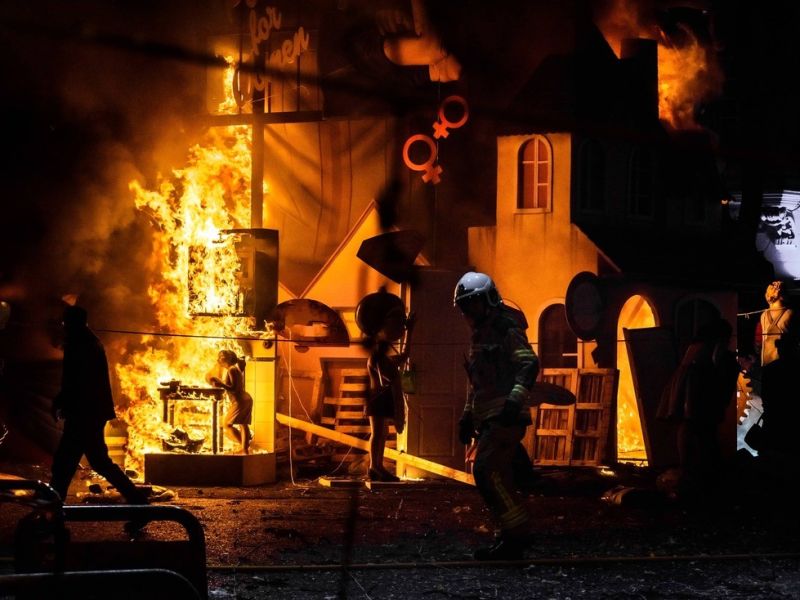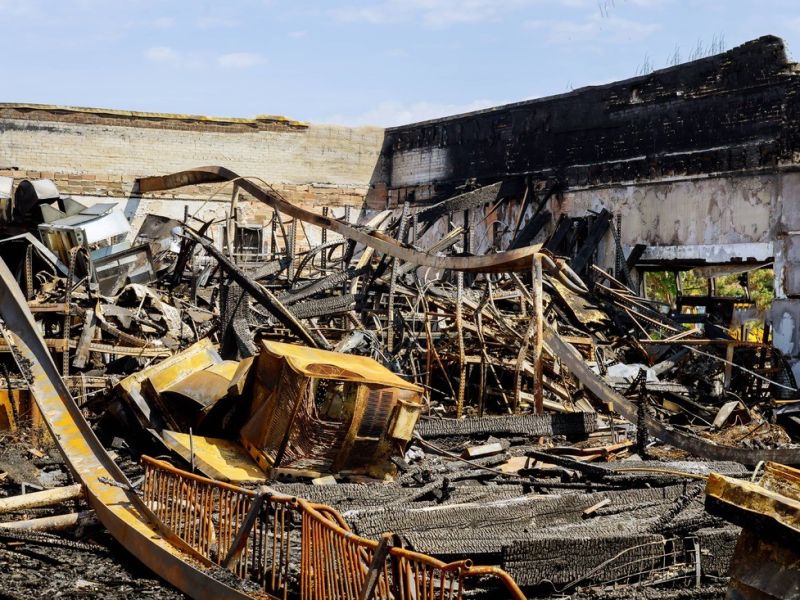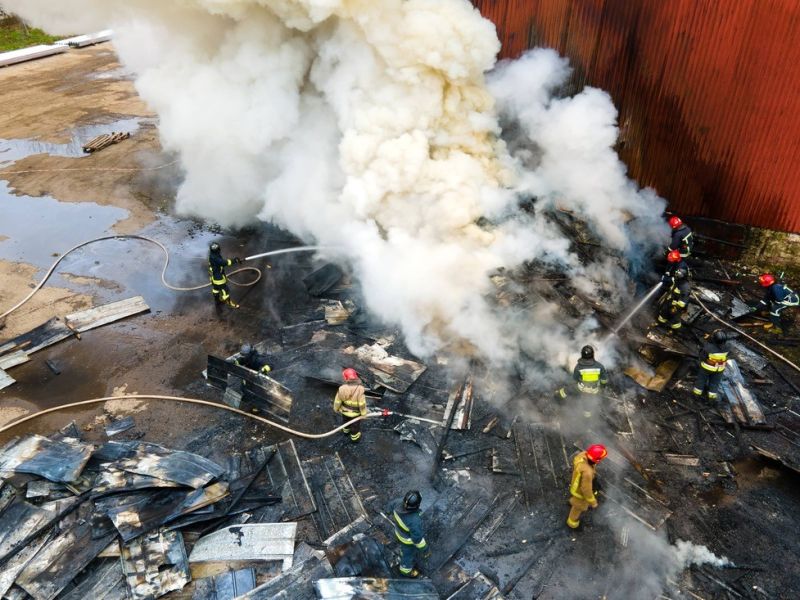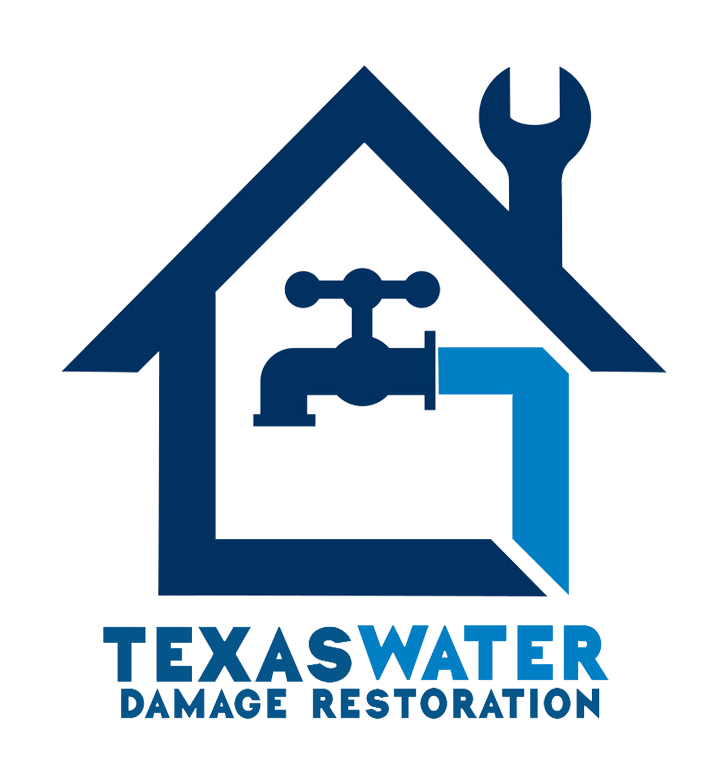
Introduction
Fire accidents can cause extensive damage to properties, resulting in significant financial and emotional losses. Identifying potential fire risks in your home is crucial to prevent such disasters and ensure the safety of your loved ones. In this article, we will discuss various aspects of fire risks, providing comprehensive guidelines on how to identify and address them in a timely manner.
Understanding Fire Risks
To effectively identify fire risks in your home, it is essential to have a clear understanding of what factors can contribute to fire accidents. Common fire risks include:
- Electrical hazards
- Flammable materials
- Cooking accidents
- Improper storage of chemicals
- Heating equipment
- Smoking
- Overloaded power outlets
- Unattended candles
Inspecting Your Home for Fire Risks
Evaluating Electrical Systems
Electrical hazards are a major cause of residential fires. To identify potential electrical fire risks, consider the following:
- Check for frayed or damaged wires
- Ensure all outlets and switches are in good condition
- Inspect circuit breakers for signs of wear or malfunction
- Keep an eye out for electrical cords running under rugs or furniture

Eliminating Flammable Materials
Flammable materials, when in close proximity to a heat source, can quickly ignite and cause a fire. Take the following steps to eliminate or mitigate this risk:
- Store flammable liquids in designated containers away from heat sources
- Dispose of expired or unnecessary flammable materials properly
- Avoid storing flammable materials in high-temperature areas, such as garages or attics
Safe Cooking Practices
Cooking accidents are a leading cause of residential fires. To minimize this risk, practice the following safety measures:
- Never leave the stove unattended while cooking
- Keep flammable materials away from the stove
- Clean and maintain cooking appliances regularly
- Install a smoke alarm near the kitchen
Proper Storage of Chemicals
Improper storage of chemicals can lead to fire hazards. Consider the following when storing household chemicals:
- Keep chemicals in their original containers
- Store chemicals in well-ventilated areas
- Follow the instructions for storing different types of chemicals
- Dispose of expired or unused chemicals safely
Maintaining Heating Equipment
Heating equipment, such as furnaces and space heaters, can pose fire risks if not properly maintained. Take the following precautions:
- Have your heating system inspected annually
- Clean or replace furnace filters regularly
- Keep flammable objects away from heating equipment
- Use space heaters with an automatic shut-off feature
Smoking Safely
Smoking indoors or near flammable materials can easily lead to fires. Follow these guidelines to reduce smoking-related fire risks:
- Smoke outdoors whenever possible
- Ensure cigarette butts are completely extinguished before disposal
- Use sturdy and deep ashtrays
- Never smoke in bed

Preventing Overloaded Power Outlets
Overloading power outlets can result in overheating and electrical fires. Take these steps to prevent overloading:
- Use power strips with built-in surge protectors
- Avoid daisy-chaining power strips
- Distribute electrical devices across multiple outlets
- Unplug unused devices
Mitigating Candle Risks
Candles, when left unattended, can quickly cause fires. To mitigate candle-related fire risks:
- Never leave candles burning in unoccupied rooms
- Keep candles away from flammable materials
- Use candle holders with sturdy bases
- Consider using battery-operated LED candles as a safer alternative
Taking Action for Fire Safety
Identifying potential fire risks is only the first step in ensuring fire safety in your home. Here are some important actions to take:
- Install smoke detectors on every level of your home
- Regularly test and maintain smoke detectors
- Develop and practice a fire escape plan with your family
- Keep fire extinguishers in easily accessible locations
- Learn how to use fire extinguishers effectively
- Teach all family members how to stop, drop, and roll in case of a fire
By following these guidelines and taking necessary precautions, you can significantly reduce the risk of fire accidents in your home.
Conclusion
It is crucial to be proactive in identifying and addressing potential fire risks in your home. Regular inspections, maintenance, and adherence to safety practices can go a long way in ensuring the safety of your property and loved ones. If you require professional fire damage restoration services, contact Texas Water Damage Restoration Pros at +1 (833) 365-6154. For more information on our services, you can visit our website: Texas Water Damage Restoration Pros.
Further Reading
- The Best Fire Damage Restoration Services of 2023
- Fire Damage Restoration: The Complete Guide
- Fire Damage Restoration and Cleanup Costs
- Fire Damage Restoration – C & R
- Fire Damage Restoration Cost Guide
- Understanding The Basics of A Fire Damage Restoration …
